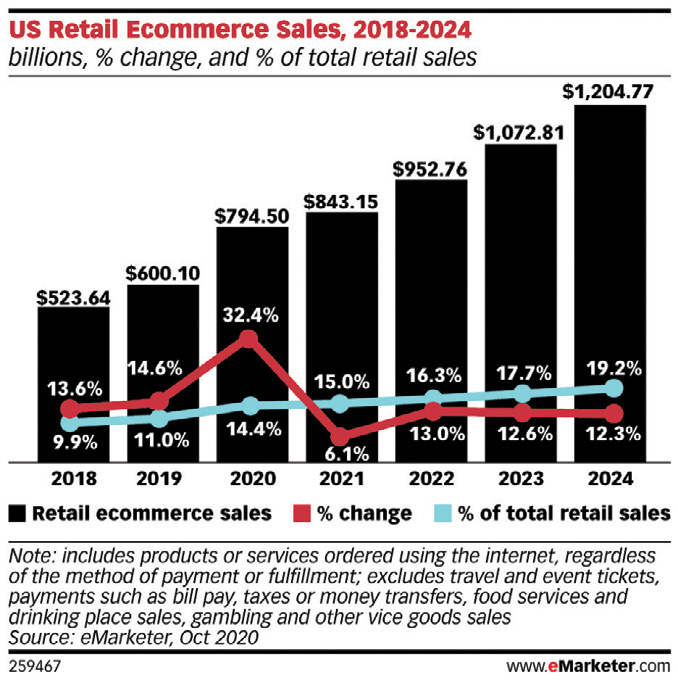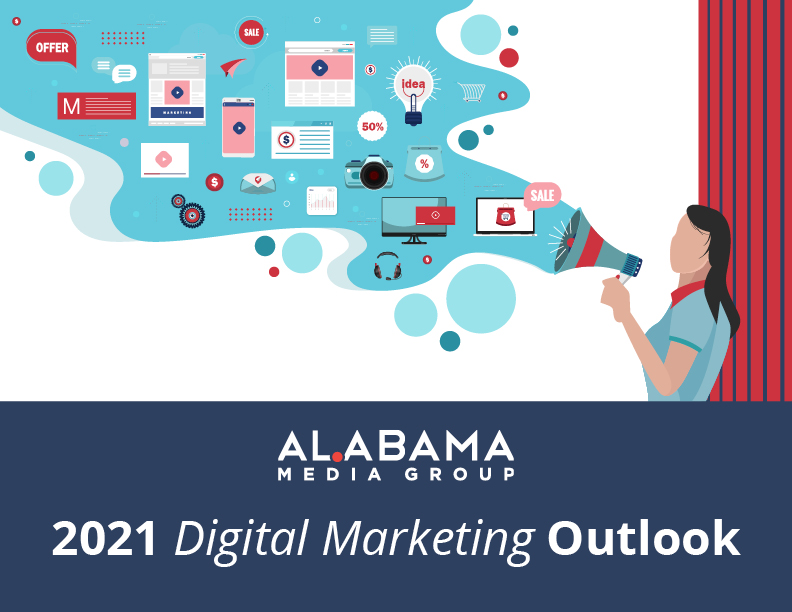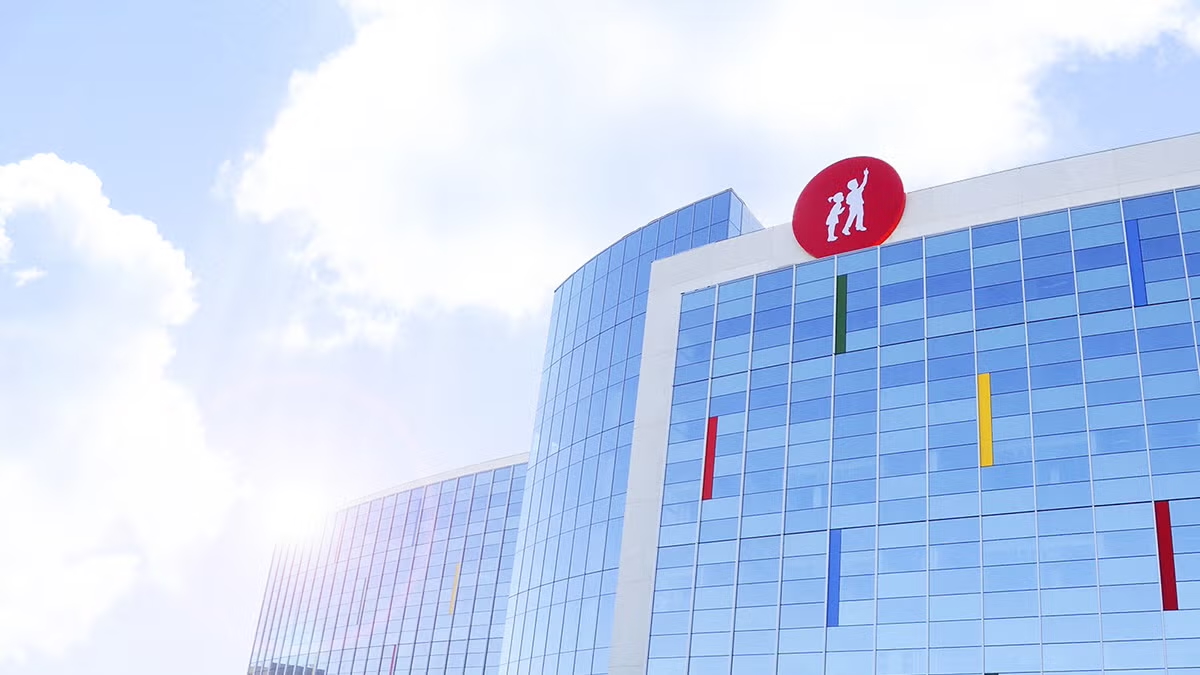2020 – What Happened in the Retail Industry?
What a year. It’s safe to say we can all agree 2020 was the year that turned our world upside down.
With the deadly COVID-19 pandemic taking hold last March, people panicked and bought out stores’ toilet paper and other common household items. As mask mandates became commonplace for retail stores, ‘retail rage’ rose among those who don’t agree with mask wearing, causing store employees to take caution while doing their jobs. The Center for Disease Control & Prevention (CDC) has even issued guidelines for preventing workplace violence amid the pandemic.
As more people stayed home than ever before, e-commerce exploded, with online sales reaching a level not previously expected until 2022. As of October 2020, U.S. eCommerce growth jumped to more than 30% or $794.5 billion. According to IBM’s 2020 U.S. Retail Index report, the pandemic has accelerated the shift to digital shopping by roughly five years.
 What does this mean for traditional retailers? If you think spending in this category might have decreased due to the pandemic, you’d be right. According to a June 2020 eMarketer report, brick-and mortar retail sales will fall 14.0% to $4.184 trillion in 2020, and it will take up to five years for offline sales to return to pre-pandemic levels. So, the pandemic effectively accelerated e-commerce by five years and pushed brick-and-mortar retailers five years behind.
What does this mean for traditional retailers? If you think spending in this category might have decreased due to the pandemic, you’d be right. According to a June 2020 eMarketer report, brick-and mortar retail sales will fall 14.0% to $4.184 trillion in 2020, and it will take up to five years for offline sales to return to pre-pandemic levels. So, the pandemic effectively accelerated e-commerce by five years and pushed brick-and-mortar retailers five years behind.
The retail industry proved itself to be resilient and innovative last year with the emergence (sometimes resurgence) of various retail technology.
Download our 2021 Digital Marketing Outlook to find a list of a few technologies we saw a boost in thanks to COVID-19.





